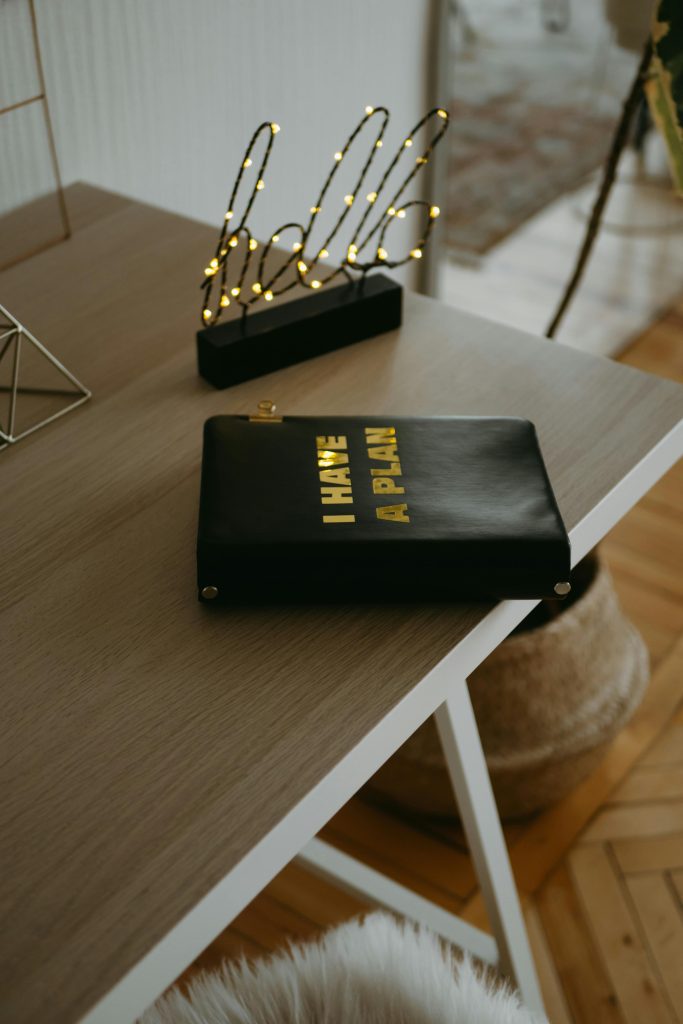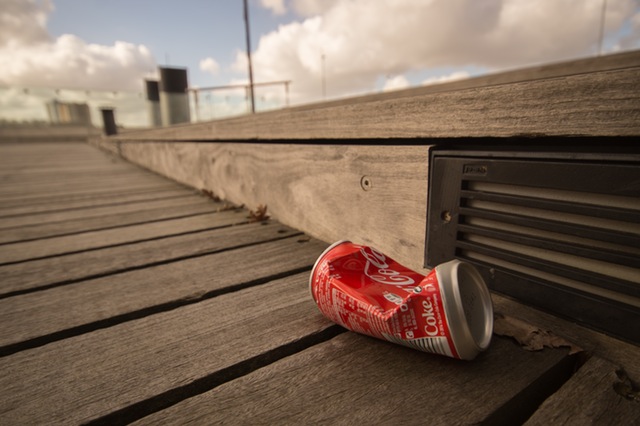Understanding Your GPU: The Purpose of the Teeth on the Back of the Card
If you’ve ever examined a graphics processing unit (GPU) closely, you may have noticed a series of protruding teeth or notches on one side of the card. Many users, both novice and experienced, have found themselves pondering the purpose of these seemingly peculiar features. In this post, we will demystify the role these components play in the overall functionality and usability of your GPU.
What Are the Teeth On the GPU?
The teeth you observe on the back of a graphics card are not merely for aesthetic purposes; they serve a specific function in the hardware’s design. Typically, these notches are associated with a feature known as a “bracket” or “mounting points,” which allows the GPU to be securely attached to the computer’s chassis.
Why Are They Important?
The design of these protrusions aids in ensuring that your graphics card fits snugly into the PCIe slot of your motherboard. They also provide additional stability and support to prevent the card from sagging over time, especially when larger cards are installed. This is critical not just for the card’s physical integrity, but also for maintaining optimal performance and thermal efficiency.
Conclusion
In summary, the teeth on your GPU might appear as a minor detail, but they play a crucial role in the ease of installation and longevity of your graphics hardware. Understanding these features enhances your knowledge of computer components and their functions, making you a more informed user when it comes to building or upgrading your setup. If you have further questions about GPU design or functionality, feel free to leave a comment below—let’s dive deeper into the world of technology together!
Share this content:




Response:
Great article! The details about the GPU’s design really highlight the importance of these mounting points. As someone who has built multiple PCs, I’ve noticed how critical these notches are, especially when dealing with heavier GPUs. They not only support the card but also help maintain the alignment with the PCIe slot, which can prevent connection issues over time.
Additionally, I’d like to emphasize that using GPU sag brackets can further augment the stability of larger cards, enhancing not just the physical integrity but also the airflow around the card, which is essential for thermal performance. Furthermore, if anyone is looking to upgrade their GPU, ensuring that it will fit properly in the existing case and that these teeth align with mounting points can save a lot of headaches down the line!
Does anyone have other tips for securing GPUs or experiences regarding sag with larger models? Sharing insights can definitely help others keep their systems running smoothly!